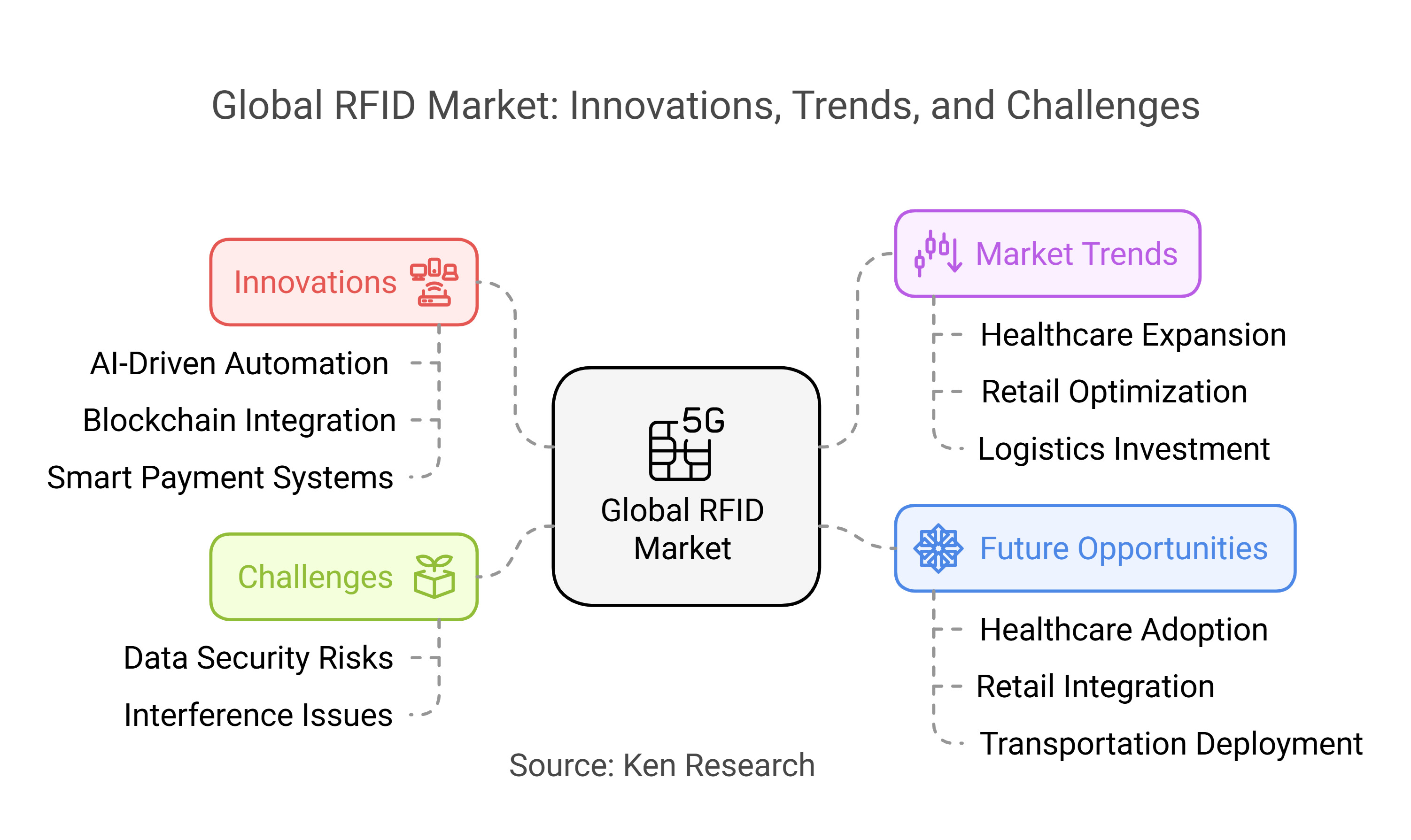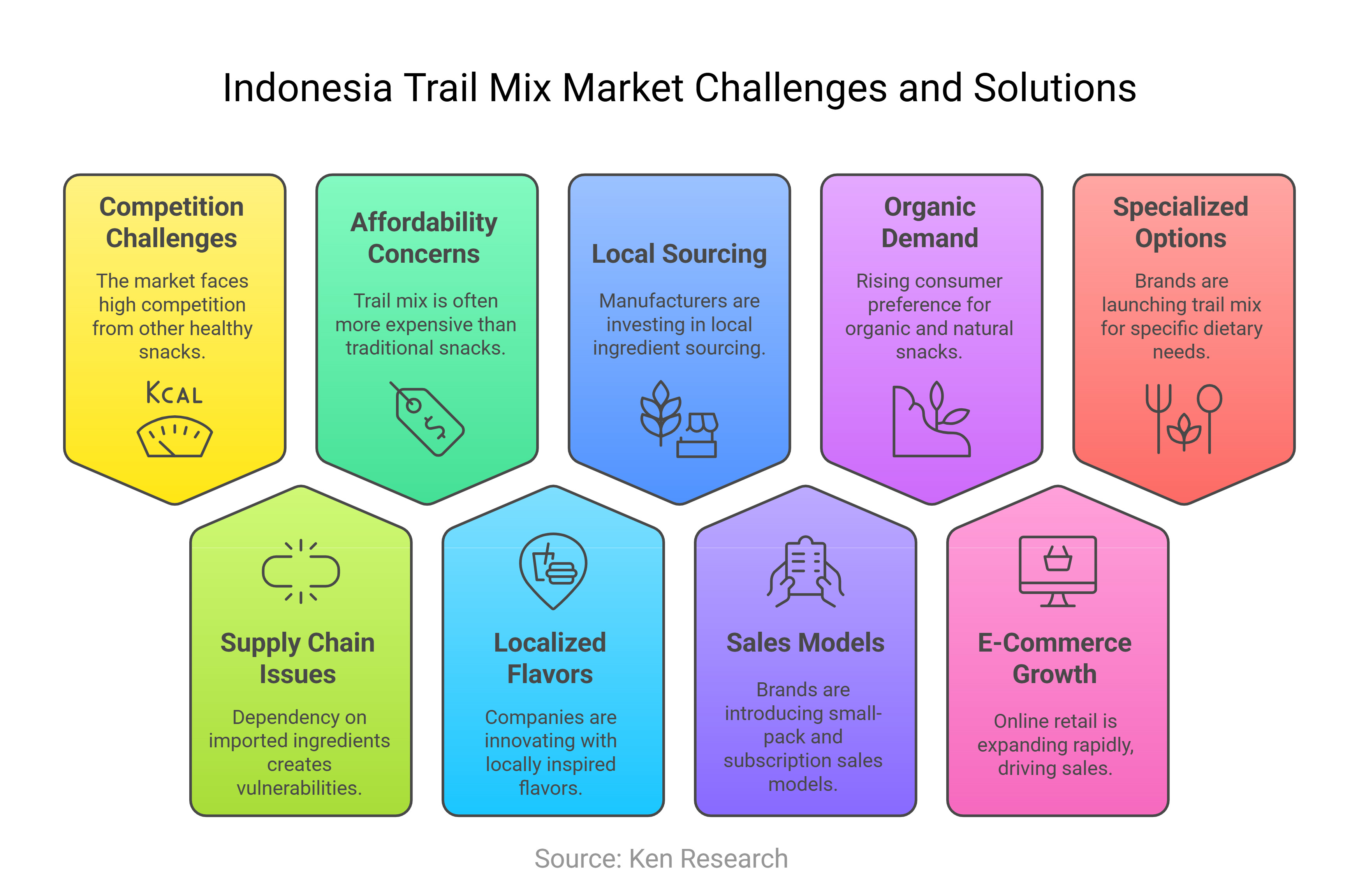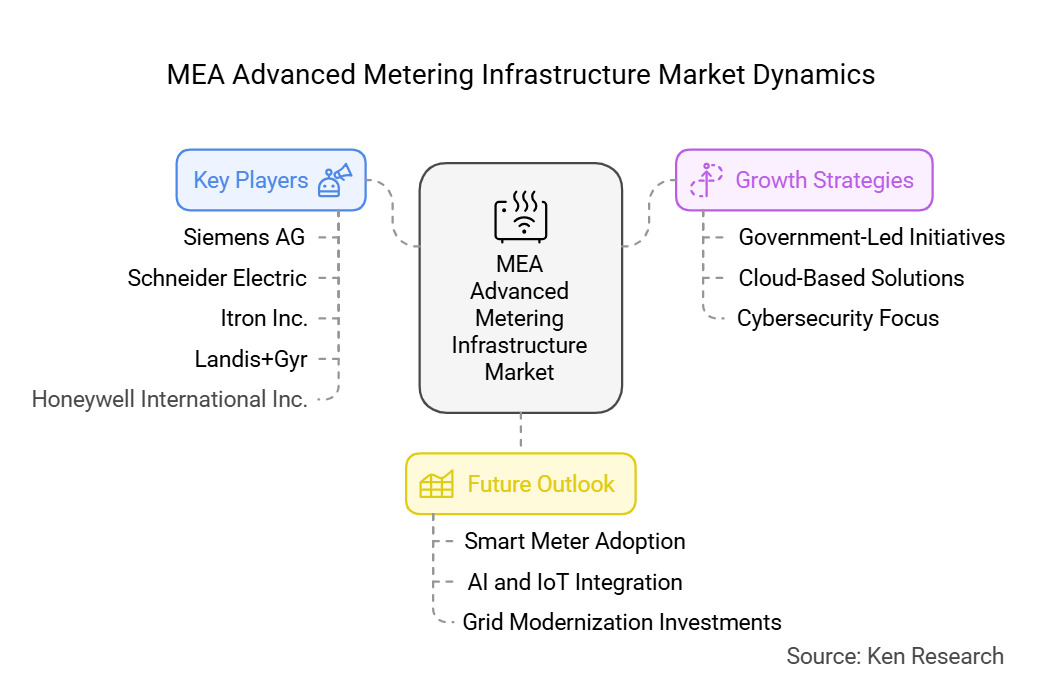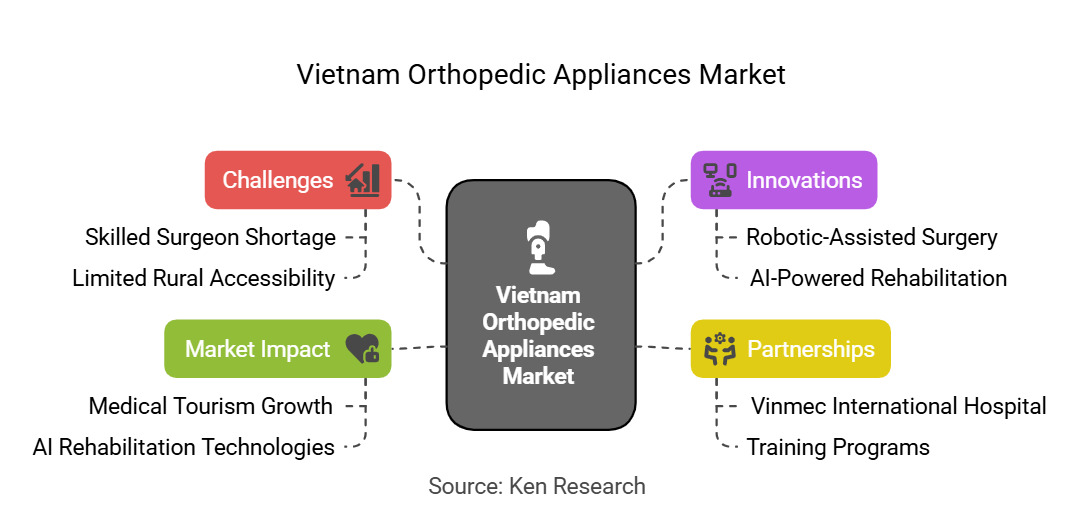APAC Medical Imaging Market Growth, AI Trends, and Future Innovations
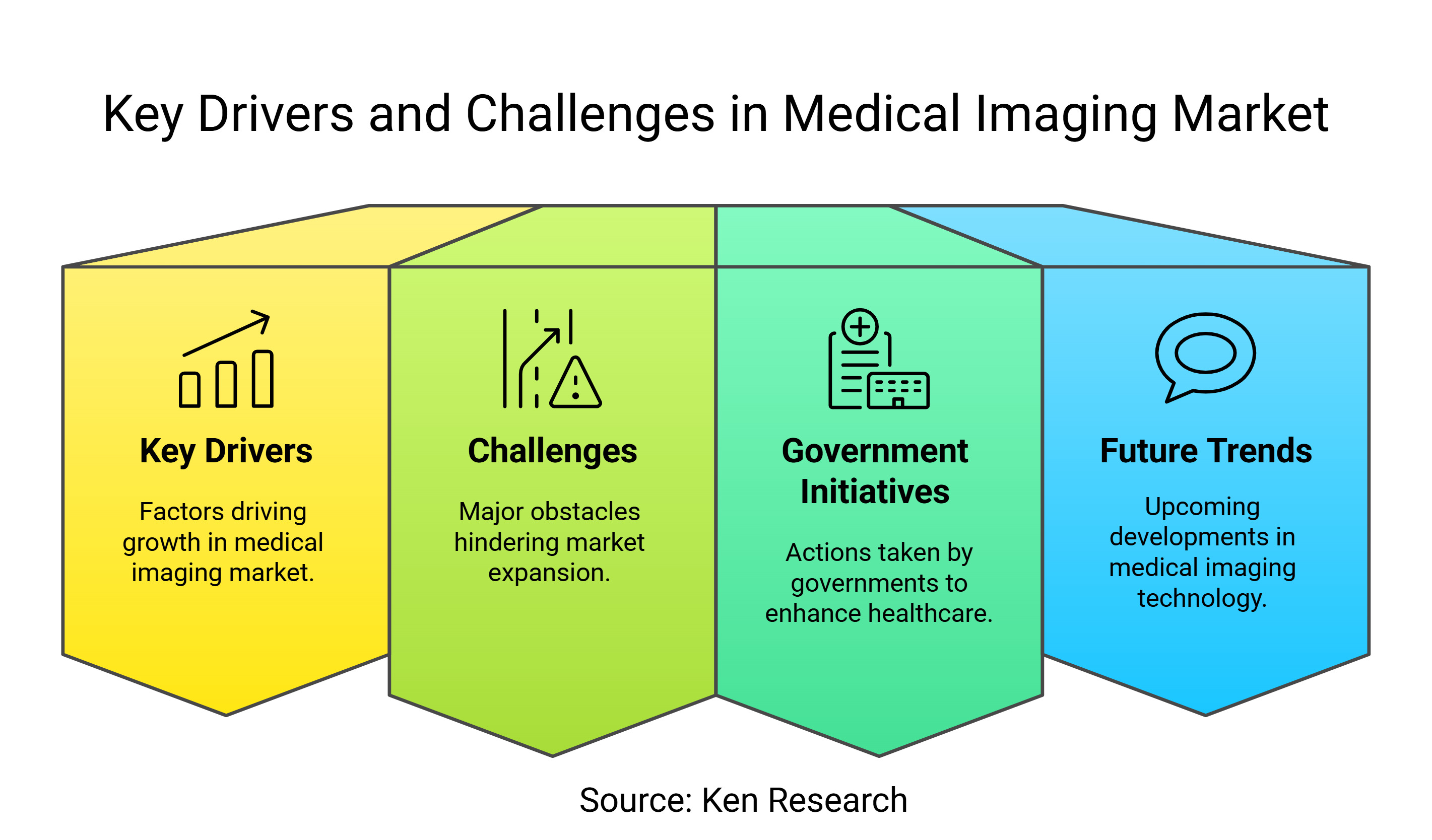
The APAC Medical Imaging Market was valued at USD 16.3 billion in 2023 and is projected to grow at a CAGR of 6.8% until 2028. Rapid advancements in AI-powered diagnostics, hybrid imaging systems, and expanding government healthcare programs are fueling growth across major markets like China, Japan, India, and Southeast Asia.
This blog explores the Demand, AI Trends, Future Growth and Challenges impacting APAC Medical Imaging Market. Despite the opportunities, high equipment costs and accessibility gaps in rural areas remain major challenges. Read the APAC Medical Imaging Market Report for detailed insights.
Key Drivers Shaping the Medical Imaging Industry
Aging Population and Chronic Diseases Driving Demand
With 697 million elderly individuals in Asia Pacific, the need for medical imaging devices like CT and MRI scanners has surged. In China alone, healthcare spending for imaging technologies saw a 30% rise in 2023, underscoring the demand for advanced diagnostics.
AI and Machine Learning Revolutionizing Medical Imaging
Over 7,000 imaging centers in APAC now incorporate AI-powered medical imaging, leading to 30% fewer diagnostic errors in Japan. The growing adoption of AI in radiology enhances detection accuracy for cancer and cardiovascular diseases.
Challenges in the APAC Medical Imaging Market
- High Cost of Medical Imaging Devices
An MRI machine costs USD 1.2M - USD 3M, making advanced imaging inaccessible for small hospitals in emerging economies like Indonesia and Vietnam.
- Limited Access to Imaging in Rural Areas
Despite government initiatives, access to medical imaging devices remains scarce in rural regions, restricting early disease detection and delaying life-saving treatments.
How Governments Are Driving the Medical Imaging Market
India’s Ayushman Bharat Initiative
- 56.67 crore Ayushman Bharat Health Accounts (ABHA) created by February 2024.
- 2.35 lakh health facilities registered, including 69,633 private & 1.66 lakh government centers.
- Increased focus on digital health records & AI-driven medical imaging for rural areas.
Japan’s Digital Healthcare Expansion
- Japan’s "Timetable for the Promotion of Medical DX" is accelerating AI-based diagnostics and hospital automation.
- The Ministry of Health, Labor, and Welfare is funding AI-driven medical imaging projects to improve diagnostic accuracy and accessibility.
For more insights, visit the Medical Devices Sector Reports.
What’s Next for the APAC Medical Imaging Market?
Adoption of Hybrid Imaging Technologies
By 2028, more hospitals will deploy PET-CT and SPECT-CT systems, allowing for detailed imaging and enhanced diagnostic accuracy.
Cloud-Based Imaging to Improve Access
Cloud-based medical imaging will dominate the APAC market, making real-time diagnostics possible, even in remote healthcare centers.
To access more deeper insights, you can download the sample report.
Conclusion
The APAC Medical Imaging Market is set for continuous growth, driven by AI advancements, expanding healthcare infrastructure, and increased accessibility to diagnostics. Despite cost barriers and rural accessibility issues, hybrid imaging and cloud-based solutions will shape the future of medical imaging in the region.
Read More:
- Key Players and Business Strategies of Singapore Retail Market
- Vietnam Carbon Black Market: Growth Drivers, Trends & Future Opportunities
Note: IndiBlogHub features both user-submitted and editorial content. We do not verify third-party contributions. Read our Disclaimer and Privacy Policyfor details.




